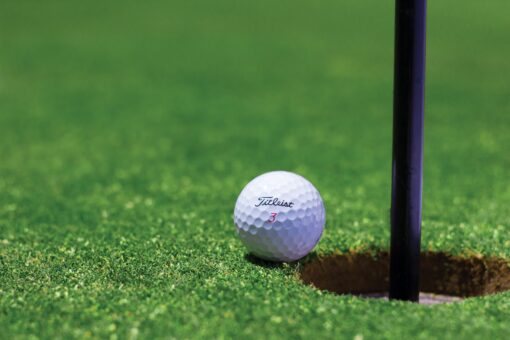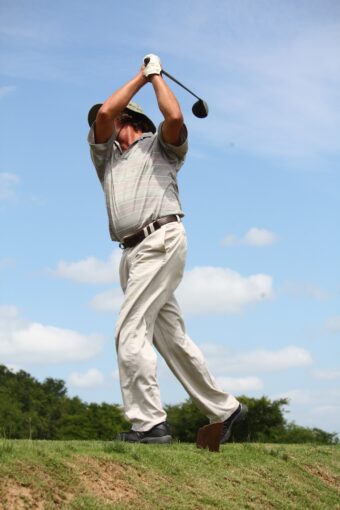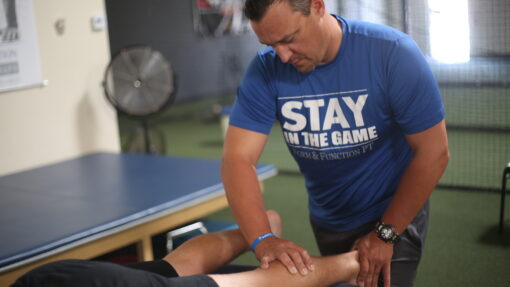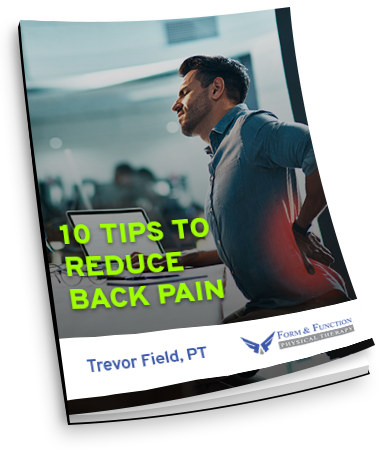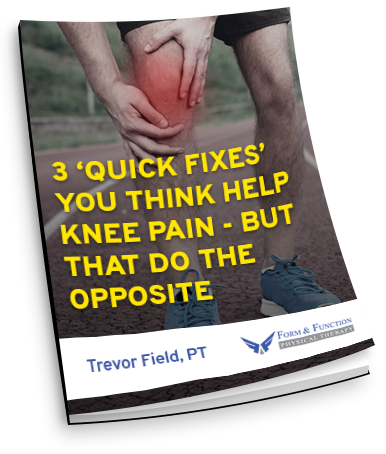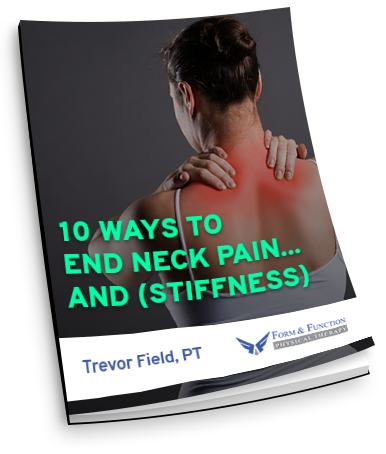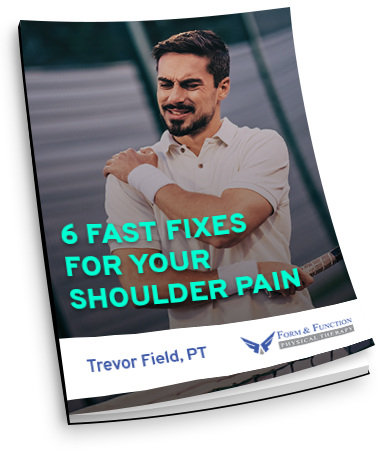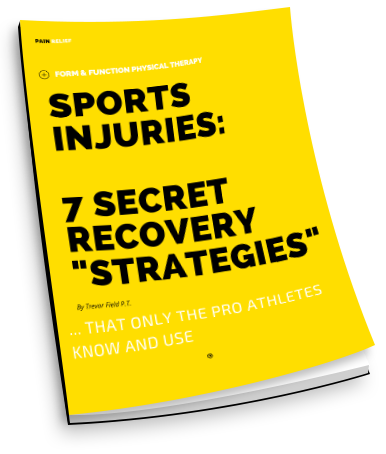Wrist Injuries In Golf – How To Get Back On The Golf Course Fast
Trevor Field | August, 2023
Golf is a popular sport, especially during the summer months, but wrist injuries in golf are common, and they can really wreck your game, leaving you unable to enjoy a round at the weekend with your family and friends. As with any sport or hobby, injuries can occur and often show up more frequently for those in later life. When you are young, your body has a better ability to recover so you can handle more strenuous activities, or those longer in duration. However, as we age, our body loses its ability to recover and that’s when nagging injuries can become more regular, more painful, and more impactful on our lives.
A Common Golf Injury – Wrist Problems For golfers that we see in the clinic, wrist injuries are probably the second most common golf injury (behind lower back pain and closely followed by golfer’s elbow) and can either spoil the enjoyment of playing golf or keep you from playing it entirely. During a swing, particularly driving off the tee, the lead side of the body is the main generator of power, and the wrist on the lead hand (the hand you place highest on the club) often takes the brunt of any poor technique, or can suffer from what people often refer to as wear and tear. Causes of Golf Wrist Injuries There are generally two ways that a golf wrist injury can occur – either through overuse or trauma.
Overuse-Related Wrist Injuries In Golf As a simplified explanation, during a golf swing, the wrist moves from one extreme to the other – it will bend to one side as you bring the club back, and as you move through the swing, the wrist will bend to the other side as you hit the ball and follow through with the club. During a round of golf, and depending on your skill level, this action could happen 70, 80, 90, or 100+ times and this repetitiveness can create tiny tears in the muscles and tendons around the wrist which lead to inflammation, swelling and pain. If you only play golf once a month, this minor irritation of the wrist may heal by itself in time for your next round however if you play more frequently, the damage to the wrist may not recover in time, and ultimately build up to a bigger problem that affects you in your daily life and become extremely painful.
Trauma-Related Wrist Injuries In Golf Alternatively, you may injure your wrist, creating a new injury or aggravating an existing problem. This could happen as a result of striking a rock or a root during a swing or hitting a fat shot where too much of the turf is removed when playing a shot.
How To Avoid Wrist Injuries In Golf Before any physical activity, not just golf, it is always a good idea to warm up and stretch the muscles that will be working. By doing this, you reduce the risk of any injuries occurring, or getting worse. In addition, other good strategies are to gradually increase the amount of golf played after a period of inactivity (such as if you don’t play over winter) rather than jumping straight into 18 holes three times a week after months of not playing. Instead, over the course of a few weeks, increase your playtime with a short time at the driving range, then a 9-hole round before taking on an 18-hole round. Other ways to avoid wrist injuries in golf are to ensure that your technique is safe, with proper hand position, grip and movement patterns. Trying to strengthen the upper body and core muscles can also improve swing mechanics which may lead to less discomfort after golf.
Golf Wrist Injury Treatment Wrist injuries in golf are commonly caused by overuse, and therefore prevention is the best cure. The early signs of golf wrist injuries are discomfort, swelling, or weakness, and treating the issue at this point will ensure that you can get back on the golf course fast. Alternatively, if you have a trauma-related golf injury, the same advice would apply, and here are some simple, effective ways to relieve discomfort without resorting to painkillers.
- Firstly, if you are experiencing pain, our advice would be to stop what you doing to avoid making the affected area worse. If you play through the pain, you might turn a minor sprain into a more severe injury which means you spend the summer recovering, rather than on the golf course.
- Secondly, a fantastic medication-free way to reduce wrist pain fast is to alternate heat and ice packs. Typically, we would recommend 15 to 20 minutes of ice or heat applied to the area several times a day, allowing the skin to return to normal temperature before applying again.
- Finally, arranging a sports massage with one of our team can be an extremely effective way to ease aches and speed up recovery by increasing blood flow to the area, improve circulation, reduce swelling and ease pain and stiffness. This means that you are able to get back onto the golf course sooner.
Long-Term Pain Relief From Golf Wrist Injury For some wrist injuries, you would require attention from a health professional such as our physiotherapists due to the severity of the problem. These are some signs that you should seek professional help, rather than trying to self-care at home.
- Your wrist pain from golf does not go away after 2-3 days
- You experience numbness or tingling
- You had a sharp and sudden pain when playing (perhaps after hitting the ground during a swing)
- Intense pain during movement (perhaps when you are driving home from the golf club) If you experience any of these, you should call us on 888-619-2885 to arrange an assessment with our team to fully diagnose your injury, and create a tailored recovery plan to avoid the pain getting worse, and to ensure you get back on the golf course quickly. You can find out about the cost and availability of a physical therapy assessment by Scheduling Here. https://app.pteverywhere.com/formfunctionpt/bookingonline
View this post on Instagram
Or if you want to read our other blog posts, click HERE to visit the Blog Page.
Finally, if you already feel like you have enough information and you’re ready to get help from providers that take the time and attention you deserve, then click HERE to request a $35 Discovery Visit with one of our expert physical therapists.
And if you are ready to find out a little bit more about us…
Powered by RedCircle
If you found this article helpful you might like:
Essentials of StretchingWritten and Reviewed by: Trevor Field MPT

